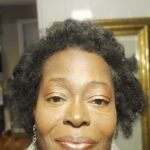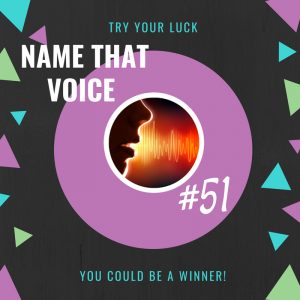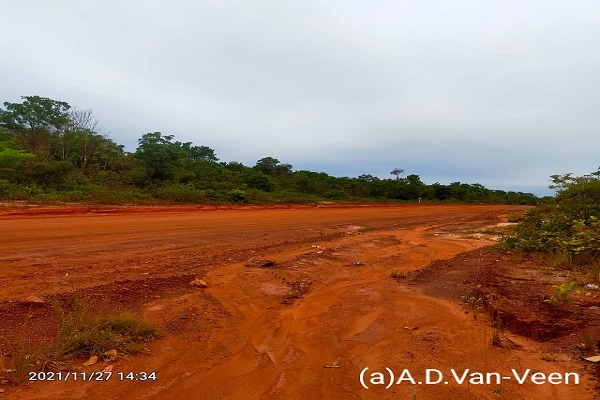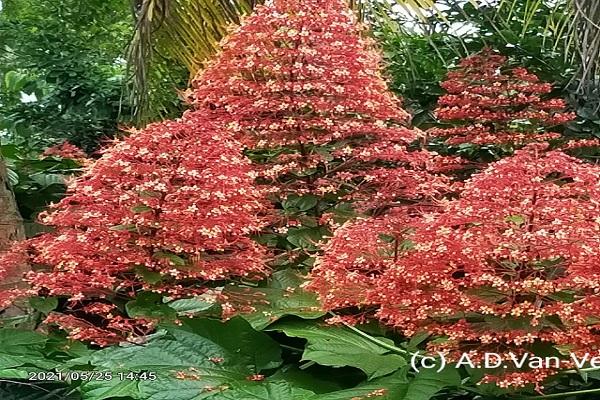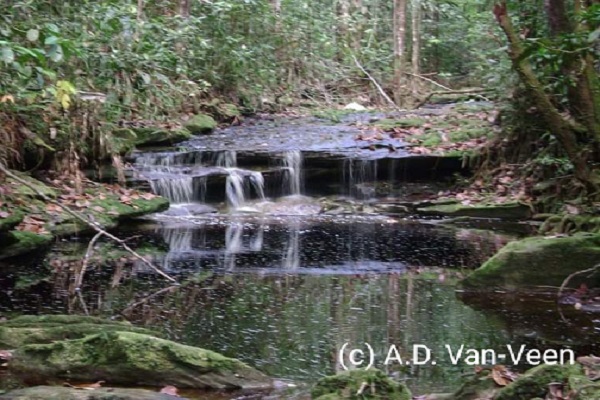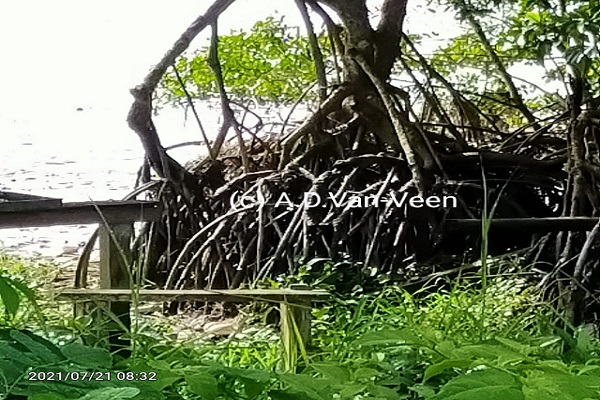Some time ago, I attended a Guyanese Independence Day celebration. As I wondered around the venue, looking at the different activities, I wondered into a room that was packed with revellers, dancing to reggae music. It seemed that over time, reggae has become the lingua franca of the Caribbean, so to speak, and has been embraced by most people of the Caribbean, Guyanese included. As I wondered around the auditorium looking for an activity to take part in, the question of what made these people Guyanese, came to mind. And as I looked for something tangible, I couldn’t help but recall the words of a singer who said that it was only where people disembarked from the slave ships that determined their new identity. As I looked at the faces of the people who had gathered as a Guyanese collective, I looked for something that distinguished them from Jamaicans, Grenadians or St Lucian’s. However, I couldn’t find anything in their faces, and I thought that unless they opened their mouths and spoke in the first instance; all that I saw was a generic group of people that were predominantly of an Afrikan phenotype. I then wondered what made Guyanese people fundamentally Guyanese. What is Guyanese culture? What are their ideals, customs and social behaviour?
The Co-operative Republic of Guyana is located on the northern coast of South America and shares borders with Suriname, Brazil and Venezuela. Although the county is 83, 000 square miles, and is the largest Caribbean country, most of its population of 793,548 people mostly live along the coastline. Guyana was colonised by both the Dutch and the British, and both colonial influences can be seen in the architecture, the landscape, and the names of places. The landmass is part of the Guiana Shield that forms part of the Amazon Biome, and over 87 percent of Guyana is covered by rainforest. It is home to over 825 species of birds and over 8,000 species of trees. Guyana has an abundance of plant life with over 5,500 flowering species, with approximately 300 species, found only in Guyana. Its other ecosystems include the swamps, savannahs and wetlands. Indeed the name Guiana is an Amerindian word meaning ‘land of many waters’. Attesting to this fact, there are 22 rivers and more than 33 tributary rivers that contain over 2,000 species of fish. Located on the Potaro River, Guyana is also home to the Kaietuer Falls, which is four and a half times the height of the Niagra Falls. It is also the world’s largest single drop waterfall. Mangroves cover more than half of the country’s coastline and rivers banks. As well as having its own ecosystem, mangroves help to prevent soil erosion, and are a haven for crustaceans such as crab and shrimp. The Manatee, who some say is the fabled mermaid is one of the countries, 225 mammal population, including: sloths, tapirs, jaguars and giant otters. There are also more than 330 reptiles and amphibians species that include: the giant anaconda, alligators, iguanas, frogs, newts and salamanders. Guyana is indeed a lush paradise!
Language
Guyanese society is made up of 43 percent Indian, 30 percent of Afrikan origin. 16 percent are mixed, 10 percent the Indigenous Amerindian, and 1 percent are made up of Chinese, European’s and Portuguese.
Guyanese people speak Creolise, an English-based Creole with words borrowed from different Afrikan, and Amerindian languages, as well as, Hindi, Dutch, and English. Naturally, people from the six different cultural groups use words more related to their cultural origin. For example, Indo-Guyanese, who were mostly of South Asian origin, use more Indian based Creole words in their vocabulary. Like all areas, people speak regional variations and although a Dutch based Creole was originally spoken throughout the three regions of Guyana, in Berbice, the Creolise spoken had a 40 percent base in an Afrikan language. This Dutch Creolise, which died out in 2005, had a vocabulary that was based in the language of the Ijaw people of Southern Nigeria, where words such as dood became the English Creole word ‘dodo’. As a child, I remember my mother trying to get me to take a nap with the word ‘dodo’; dood, being the Ijaw word for sleep. In Amerindian territories, English is the language taught in schools; however they have their own languages.
The Peopling
Guyana had a thriving population of nine different indigenous nations before they were decimated by European warmongering and disease. Today approximately 70,000 Amerindians live in their own communities on the fringes of Guyanese society.
Afrikans began arriving in the 17th century, when the Dutch shifted their trade from tobacco (the price of tobacco had dropped because of over-production in the American South) to sugar. By 1616, the first colony had been established in Essequibo and 11 years later in Berbice. In 1654, after Dutch settlers were expelled from Brazil by the Portuguese; they were invited to settle (with their slaves) in Guyana. Most of them, who had gone to Brazil as private entrepreneurs, and not with the Dutch West India Company, now, had to set up trading links with Zeeland, a province in the Netherlands, as one of the conditions of entry. In 1745, Demerara became a separate colony.
As-well-as working on the plantations enslaved Afrikan–Guyanese also built the infrastructure. They worked to reclaim more than 15,000 miles of swamp and forest land. They also built irrigation canals to help the drainage system that permeates the landscape of Guyana. Kokers were built to keep the water out at high tide and to drain excess water at low tide. Georgetown, lies about six feet below sea level at high tide so between 1858 and 1892, a seven foot seawall was constructed to protect the land from the Atlantic Ocean. The Dutch were instrumental in such engineering technology, because parts of the Netherlands also lie below sea level.
In 1814, the Dutch ceded the three colonies to the British, and when slavery was abolished the Colonial Government knew that there would be a labour shortage. Consequently in 1838, Indians from the Indian-sub continent were indentured to fill the labour void left by former slaves; many of whom, had pooled their money together, and bought defunct estates and plantations that they turned into villages. Hopetown, in Berbice, was the first of such villages. In 1840, indenture-ship was temporarily suspended after a government report highlighted the brutality and squalid living conditions in which the Indians were forced to live and work. In the same year, 1,000 free Afrikans from Sierra Leone were recruited as contract workers to work on the plantations. In 1835, Chinese from Canton were also contracted to fill the gap left by former slaves. And in 1841, Portuguese from Madeira began to make Guyana their home, as part of a state-aided programme of indenture-ship. Between 1807 and 1866, 13,970 liberated Afrikans ended up in Guyana after being freed from American, French and Portuguese slave ships that were still transporting enslaved people to the colonies after the slave trade had been abolished. After Emancipation, Kru men who had acted as guides for the British naval patrols also settled in Guyana from Sierra Leone. By the 19th century, Guyana was known as the bread basket of the Caribbean. The 1892 immigration records state that of the 40,656 people that had migrated to Guyana from the rest of the Caribbean; the majority had emigrated from Barbados and settled in the Georgetown area.
Education
Public schooling began in Guyana in the early 19th century. In 1807 Dutch planter, Hermanus Post, started a school for children of the planters and government officials in Georgetown. Both children of mixed heritage and enslaved could also attend. In 1809, an application was made to have someone from the London Missionary Society provide education for enslaved Afrikans and the Rev. John Davis was appointed. Although there was stiff opposition to these liberal ideas by 1841, there were 151 schools with nearly 10,000 enrolled in classes. By 1876, it was compulsory for children between the ages of 6-14 to receive primary education and many Afrikan-Guyanese embraced learning. During that time, education remained in the control of religious organisations.
Because Guyana was a British colony, it was under the British educational system; textbooks came from Britain and exam papers were marked in Britain with British qualifications. The ethos within Afrikan Guyanese communities was that education was the main tool for getting out of poverty, and something to be highly prized. Today, education is accessible for all children between the ages of 3-16 years. On the education index, Argentina is the only South American country that ranks higher over Guyana, while in the Caribbean; Guyana ranks third, behind Cuba and Barbados.
Christianity, Hinduism and Islam are the main religions in Guyana. However, there has been a re-emergence of Afrikan traditional religions that are syncretised with Christianity. Obeah, an Afrikan belief system is practised by both Afrikan-Guyanese and Indo-Guyanese. In 1973 this practice was decriminalised by the Burnham government, although it remains a crime to openly practice it in much of the other Caribbean territories.
Guyanese people mostly come together when there is something to celebrate. And there are many celebrations in the Guyanese calendar. The religious holidays include: Christmas, Diwali, Easter, Eid, Phagwah and Youmanabi. The secular holidays are: CARICOM Day, Emancipation Day, Independence Day, Indian Arrival Day and Mashramani. Here are a few.
Mashramani
This celebration began in Linden in 1966, but was later taken to Georgetown, where it grew bigger. The indigenous name means ‘rest after a hard day’s work.’ It is a national holiday, celebrating the country’s republic status and is held on February 23rd. Mashramani is one of the most colourful celebrations in Guyana and is characterised by parades of dancers, floats, musical bands, masquerades and costumed competitions.
Youmanabi
This Muslim religious observance, celebrates the anniversary of the Prophet Muhammad’s birth. The day is marked by religious sermons that are aired on television and the giving of presents. Youmanabi is celebrated on the 12th day of Rabi al-Awwal on the Muslim calendar.
Diwali
Diwali was a religious festival, originally only celebrated by Hindus’. However, it is now celebrated by all, and is one of the most colourful and exciting festivals in Guyana. The Hindu festival lasts for four days and is characterised by brightly coloured lights, hence, it is known as the ‘festival of lights.’ Diwali is celebrated with prayers, gifts and feasting as families get together to cook vegetarian meals and eat various sweetmeats.
Eating and hospitality play a big part in Guyanese culture and the cuisine is reflective of the people who live there. The national dish is pepperpot, an Amerindian dish made from various meats and cooked in Cassereep, a thick brown liquid, made from the cassava root, which the Amerindians use to preserve meat. Foods like plantains, cou-cou and fish, and conkey, are retentions of Afrikan foods. Indo-Guyanese foods such as roti and dhals are also Guyanese staples. While, chow-mien, from China, and saltfish and potato stew from Portugal, all add to the culinary skills of Guyanese people.
This article has highlighted just a few of the components that make up Guyanese culture. There is much more information on the internet and in books that will give you the reader, a wider understanding of Guyana and its people.



